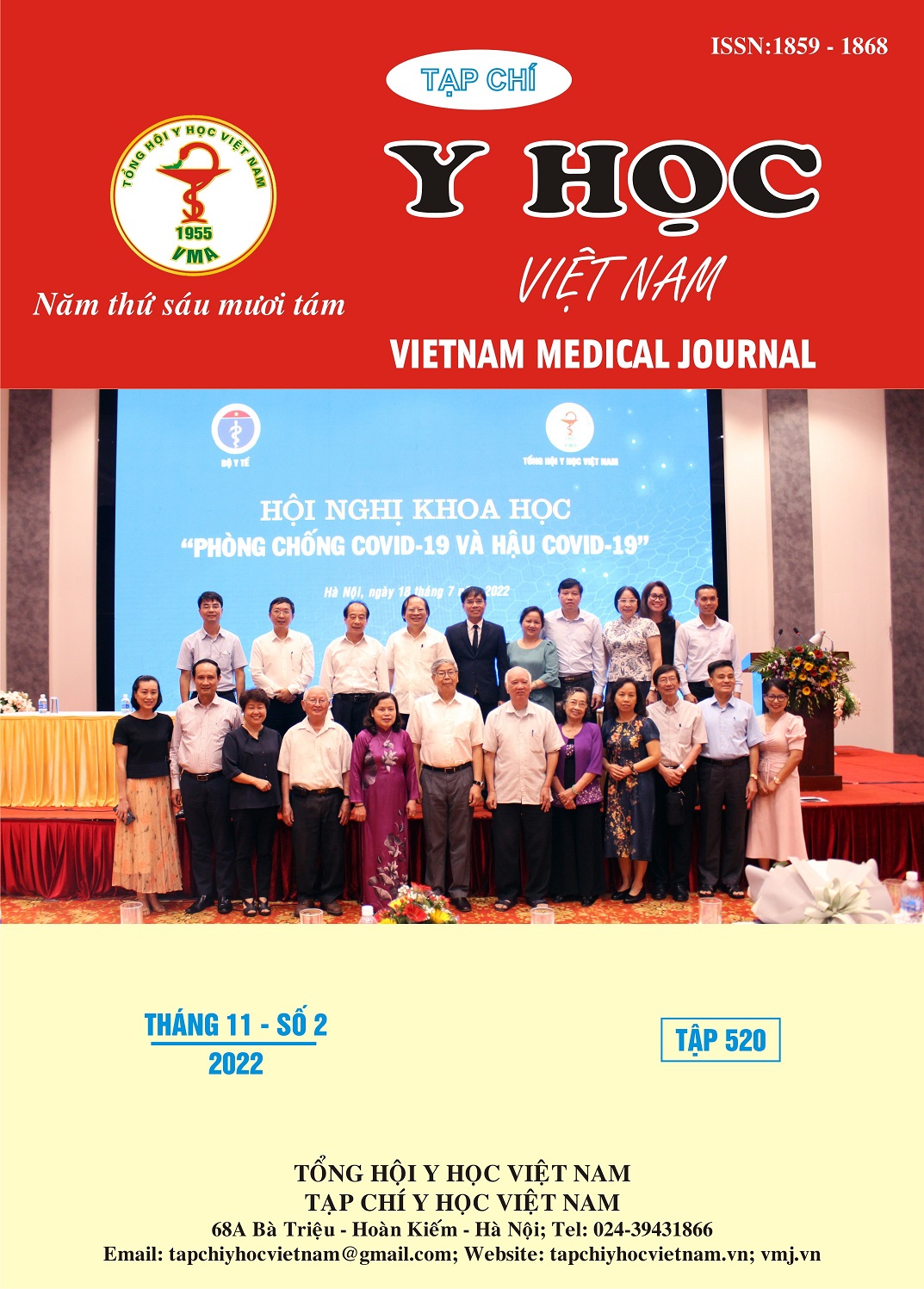COMPARISON OF CONVENTIONAL PAP SMEAR AND LIQUID – BASED CYTOLOGY FOR CERVICAL CANCER SCREENING
Main Article Content
Abstract
Background: Cervical cancer can be detected and treated early through cervical cytological screening in the community. Two methods are used for cervical cytology. The first one is the conventional Papanicolaou smear (CPS) and the second one is liquid-based cytology (LBC). Objectives: Determine the incidence of cervical cytological abnormalities. Evaluate the effectiveness of cervical cytological screening using CPS and LBC. Subjects and methods: The study was conducted on 16158 women who took cervical cancer screening test at Hanoi Medical University Hospital from 1/2021 - 6/2022. Of which 12938 specimens were treated by CPS, 3220 specimens were treated by LBC. All smears were stained using the Papanicolaou technique and interpreted using the Bethesda System of Reporting Cytopathology. The SPSS 20.0 was used for statistic. Results: The mean age of the patients was 39.32 ± 9.19 years. The detection rate of epithelial abnormalities was 3.24% (523/16158 cases). LBC is significantly more capable of detecting epithelial abnormalities than CPS (p= 0.037, OR=1.245). Conclusion: LBC allows to detect cervical epithelial lesions better than CPS. Therefore, we recommend the widespread use of fluid cytometry in cervical cytological screening.
Article Details
Keywords
cervical cancer screening, conventional Papanicolaou smear, liquid based cytology
References
2. World Health Organization (2014). WHO guidelines for treatment of cervical intraepithelial neoplasia 2-3 and adenocarcinoma in situ: cryotherapy, large loop excision of the transformation zone, and cold knife conization.
3. Breslow L, Wilner D, Agran L et al (1977). A History of Cancer Control in the US, With Emphasis on the Period 1946–1971. Bethesda, MD: National Institutes of Health.
4. Phaliwong P, Pariyawateekul P, Khuakoonratt N et al (2018). Cervical Cancer Detection between Conventional and Liquid Based Cervical Cytology: a 6-Year Experience in Northern Bangkok Thailand. Asian Pac J Cancer Prev; 19(5):1331-1336.
5. Nayar, Ritu; Wilbur, David C (2015). The Bethesda System for Reporting Cervical Cytology. Springer.
6. Hashmi A A, Naz S, Ahmed O et all (2020). Comparison of Liquid-Based Cytology and Conventional Papanicolaou Smear for Cervical Cancer Screening: An Experience from Pakistan. Cureus; 12(12): e12293.
7. Hartmann K, Hall SA, Nanda K et al (2011). Systematic Evidence Review Number 25: Screening for Cervical Cancer. Rockville, MD: US Department of Health and Human Services.
8. Arbyn M, Bergeron C, Klinkhamer P et al (2008). Liquid compared with conventional cervical cytology: a systematic review and meta-analysis. Obstet Gynecol;111(1):167-77.


